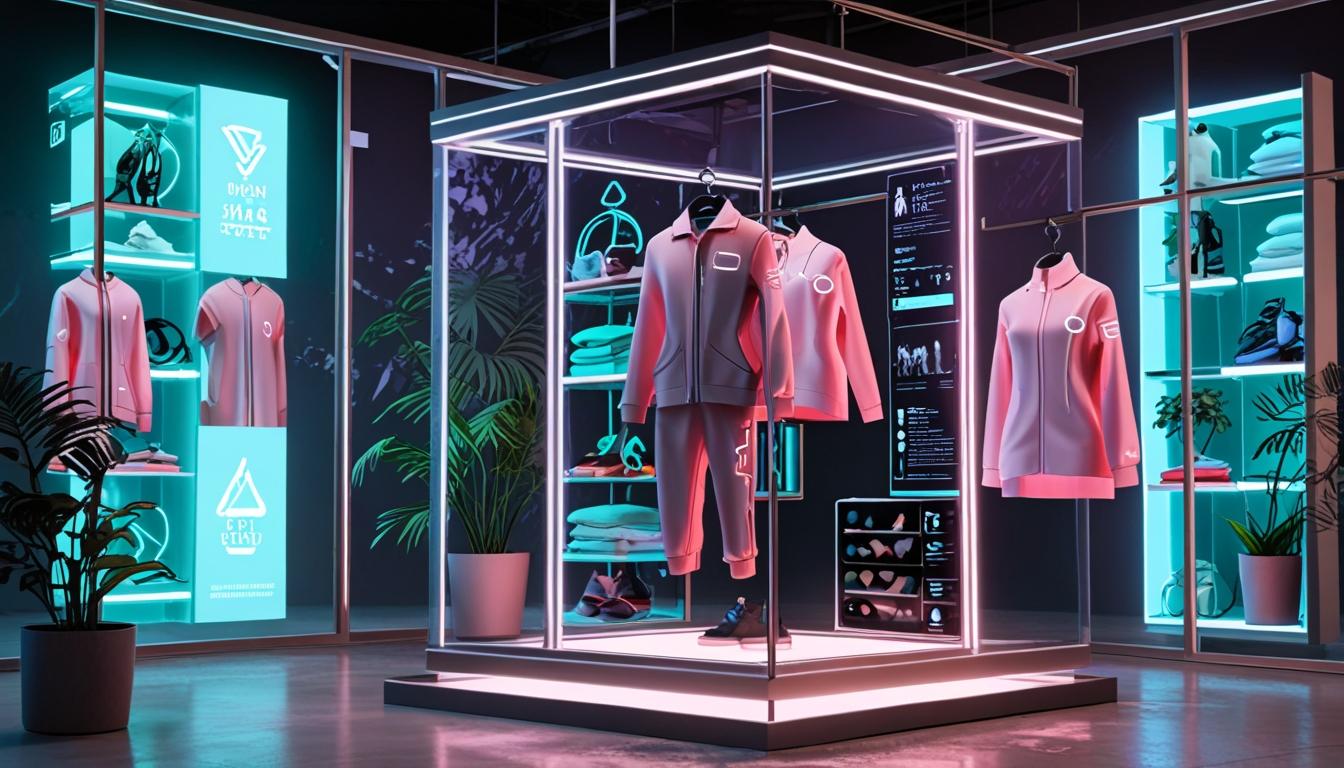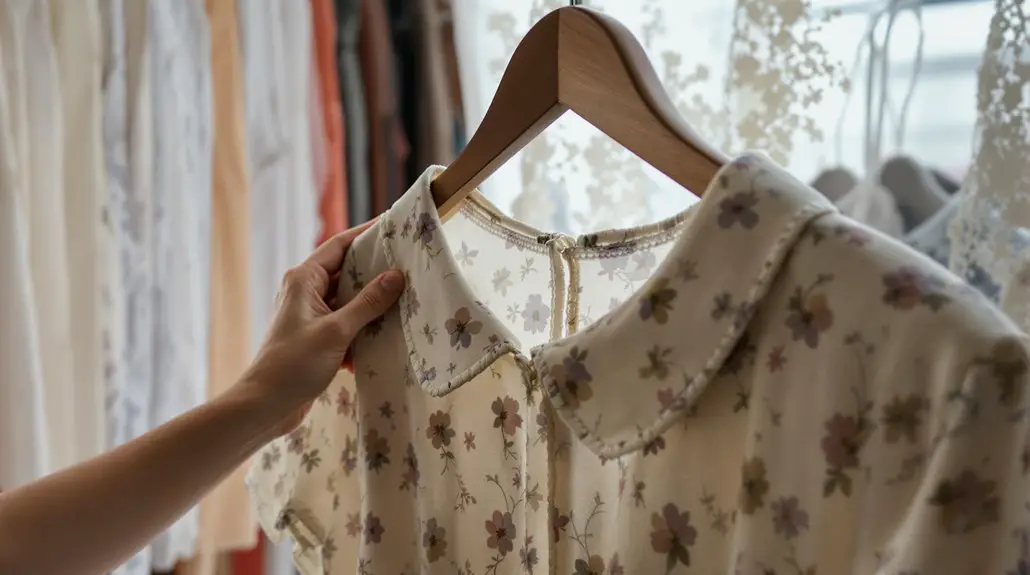The convergence of fashion and technology is transforming apparel, emphasizing functionality, sustainability, and accessibility.
The convergence of fashion and technology is reshaping the landscape of apparel, marking a significant shift towards the future of wearable technology. As outlined by Kirill Yurovskiy in an article for Analytics Insight, this fusion represents a paradigm shift in how clothing is designed, produced, and consumed, intertwining functionality, sustainability, and accessibility in unprecedented ways.
Wearable technology is no longer merely a novelty; it is poised to redefine the very essence of fashion. Innovations such as temperature-regulating fabrics that adapt to the wearer’s body temperature illustrate how functionality is enhancing traditional clothing. This advancement signifies not just an evolution in style but a deeper integration of purpose within everyday garments.
Moreover, the sustainability aspect of this technological revolution cannot be overlooked. As environmental concerns become more pressing, the fashion industry is increasingly looking for ways to minimize its ecological footprint. This has led to the development of fabrics and manufacturing processes that are not only more eco-friendly but also promote longevity in clothing. These advances promise to shift consumer habits toward more sustainable practices, allowing for a more responsible approach to fashion consumption.
Additionally, technology is playing a crucial role in democratizing fashion. With tools like augmented reality (AR) try-on capabilities, consumers can experience clothing virtually, bridging gaps in accessibility and enhancing the shopping experience. This technology empowers individuals by allowing them to experiment with styles without physical limitations, ultimately broadening the appeal of various fashion offerings.
As the industry continues to innovate, the potential for new functionalities in apparel is extensive. The developments in wearable tech not only cater to aesthetics but also aim to offer practical benefits that enhance the lives of consumers. From smart textiles that monitor health to garments that can adjust to changing environmental conditions, the future of fashion appears to be deeply intertwined with advancing technologies.
In summary, the intersection of fashion and technology is setting the stage for a transformative era in the apparel industry. With ongoing advancements that prioritize functionality, sustainability, and accessibility, the future of wearable tech promises to redefine how society engages with fashion.
Source: Noah Wire Services




